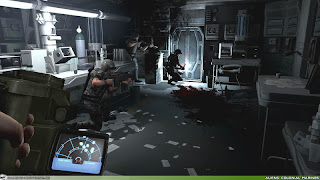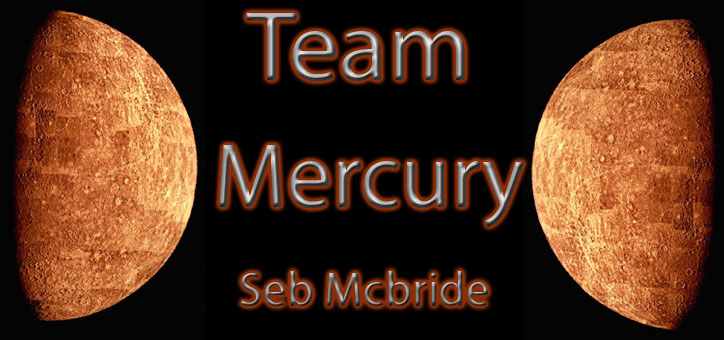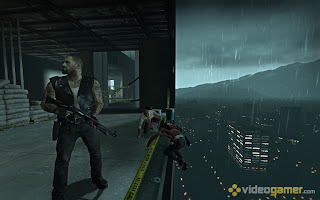By using sound effects that would be found in the games really life counterpart will endure to keep the player immersed within the game environment. If the player is subjected to sounds that they are not familiar with in that environment, they may become detached from the game. The player needs familiarity in their surroundings in order to create a viable sense of paranoia within a person.
However, certain sound effects can be used in order to emphasis certain emotions within a scene (Goldstein, J H, 1998). In the motion picture Aliens (Cameron, J, 1986) the colonial marines are issued with motion tracking devices. When a device registers a moving object (in most cases, this would be the aliens) it produces a loud shrill bleeping noise. This noise is an unfamiliar sound and quite uncomfortable to listen to. The tempo of the sound effect also increases as the Aliens get closer to the tracker. This creates a sense of urgency to the situation at that moment in time.

This has the same sense of dread that the Jaws (Spielberg, S, 1975) theme tune has. By using two notes that are a minor 2nd apart in the chromatic major scale, allows the notes to discord, creating a sound that is unpleasant to hear. It’s is this unpleasantness’ that creates a sense of dread and in the viewer. Again, the tempo of the notes increase as the tune is played, creating a sense of urgency in the same way as the motion tracker.
In HORROR FILM GENRE TYPING AND SCENE LABELING VIA AUDIO ANALYSIS (Monicrieff, S, Venkastesh, S, Dorai, C) the authors found that whilst studying groups of individuals whilst they watched films with horror elements, the amount of times they made noise (shouting and screaming) due to a real horror scene showing in the film, was relative to the amount the audience was fooled into think there was a horror scene. The authors classified a horror scene as one in which the viewers where instantly scared i.e. a killer jumping out of a closet, as opposed to a scene in which there are elements of fear but also action is present. If the viewers were subjected to many ‘fake’ horror scenes, the likely hood of them reacting as much to a recognised scene as they would do normally, would be dramatically reduced.
This is useful to the teams’ research when creating the final artefact. By overusing certain ‘cheap’ scare tactics will result in the test subject becoming aware that the level is in fact set to emote a sense of paranoia. The connection with the level will be broken and the test could become null and void.



